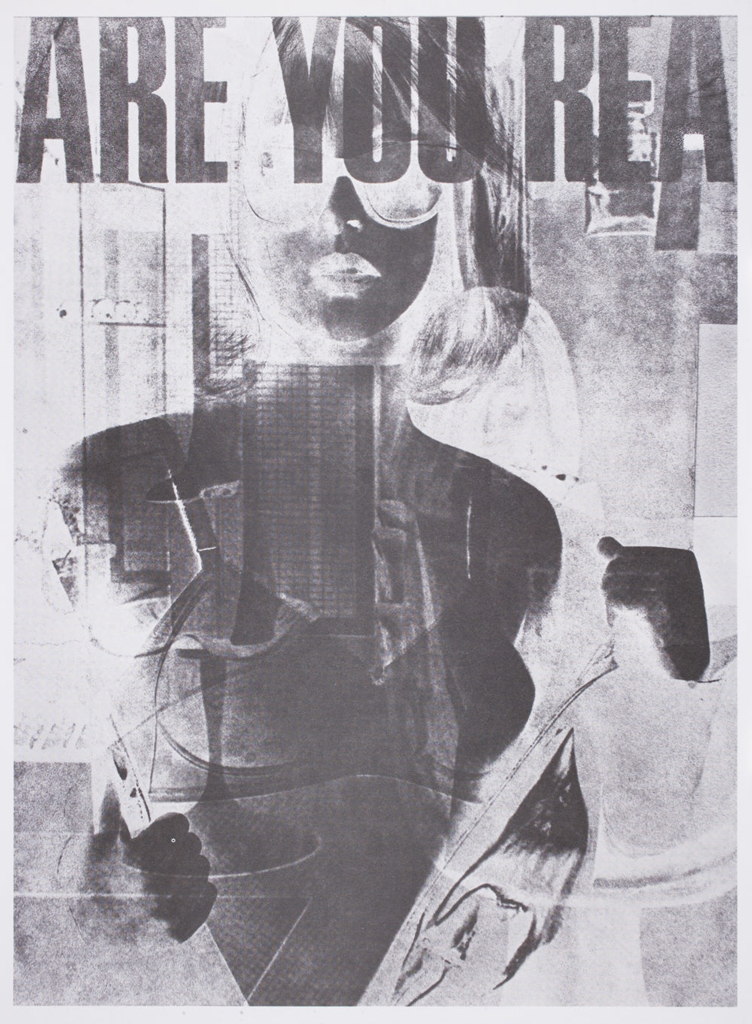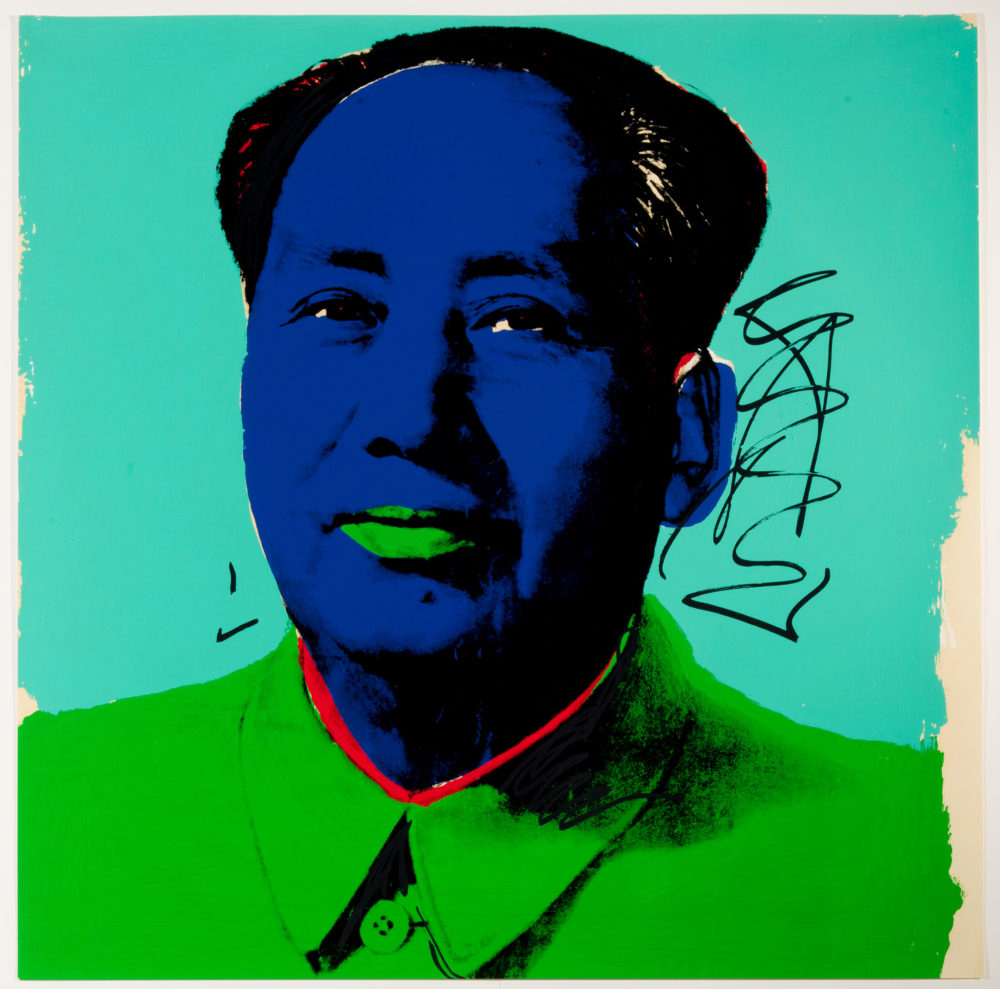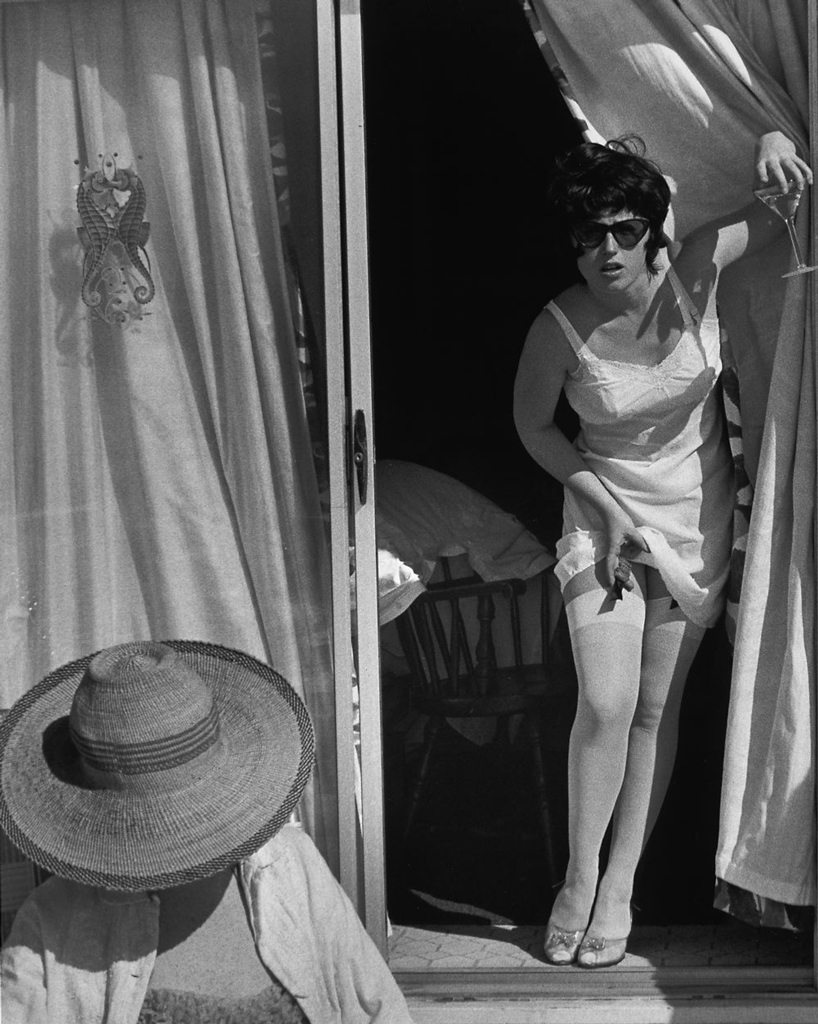ART-PRESENTATION: Photo Revolution-Andy Warhol to Cindy Sherman
 For much of its history, photography and other photo-based arts such as film and television, were seen by art historians as secondary media, and artists who used them were typically identified by their “primary” medium of painting or sculpture. This persisted into the 1980s, even as photography moved from being a supporting medium to taking a central role. Beginning with the rise of Pop art in the late 1950s and, especially after its explosive take-off in the 1960s, it was photo-based media that drove much artistic innovation.
For much of its history, photography and other photo-based arts such as film and television, were seen by art historians as secondary media, and artists who used them were typically identified by their “primary” medium of painting or sculpture. This persisted into the 1980s, even as photography moved from being a supporting medium to taking a central role. Beginning with the rise of Pop art in the late 1950s and, especially after its explosive take-off in the 1960s, it was photo-based media that drove much artistic innovation.
By Efi Michalarou
Photo: Worcester Art Museum Archive
Including more than 225 works the group exhibition “Photo Revolution: Andy Warhol to Cindy Sherman” demonstrates how photography proved foundational to major art movements in the 1960s, ‘70s and ‘80s. Structured along a loose chronology, the exhibition includes photographs, collages, prints, film and related time-based media, as well as a selection of paintings and sculpture. The exhibition begins in the 1960s, when artists like Diane Arbus and Garry Winogrand demonstrated how photography could capture and reveal new insights into people’s everyday lives. Others such as Roy Lichtenstein and Andy Warhol heralded a return to representational painting and printmaking—often by creating works that were either inspired by or sought to mimic photography and the presentation of a “real” image. By the late 1960s and early 1970s, many artists had begun locating photography at the center of their work, adapting photographic images into silkscreens and collage, as well as exploring the artistic possibilities of television, film, and video. While some of these works could be framed and hung, the increasing ease of reproducing images meant opportunities for exploring completely new formats and media, like the short-lived fashionof screenprinted paper dresses, made by artists such as Harry Gordon, which are featured in the exhibition. During this same period, artists like John Baldessari and VALIE EXPORT begin exploring the artistic possibilities of television and related time-based media, in some cases using them for repetition and rotation of static images, and in other cases capturing performance pieces that then exist only through the resulting film and video works. In the ‘70s, the photographic image continued to hold a central place within contemporary art. Cindy Sherman, Nan Goldin, and others used photography to engage with and challenge questions of identity and belonging and to explore the medium’s capacity for humor and deception. But for other artists, such as Mike Mandel and Lesley Schiff, photography allowed them to engage and also challenge the viewer. Responding to the tumultuous social and political climate, artists used photography to address themes of racial, social, and political inquiry. Photographs like John Dominis’s “Black Power Salute, Mexico City Olympics” (1968), and John Paul Filo’s “Kent State shootings” ( 4/51970) helped to document and cement these moments in people’s minds . Finally, “Photo Revolution: Andy Warhol to Cindy Sherman” presents a range of “everyday” photographs, from lost-and rediscovered instant camera images of unknown people or objects to Andy Warhol’s many candid Polaroids of celebrities such as John Kennedy Jr. and Lee Radziwill. Drawing in part on a substantial gift of vernacular photography from collector Peter J. Cohen, the exhibition demonstrates that the pervasiveness of photography as a medium does not undercut its impact as an art form.
Info: Curator: Nancy Kathryn Burns, Worcester Art Museum, 55 Salisbury Street, Worcester, Duration: 16/11/19-16/2/20, Days & Hours: Wed-Sun 10:00-16:00, www.worcesterart.org



